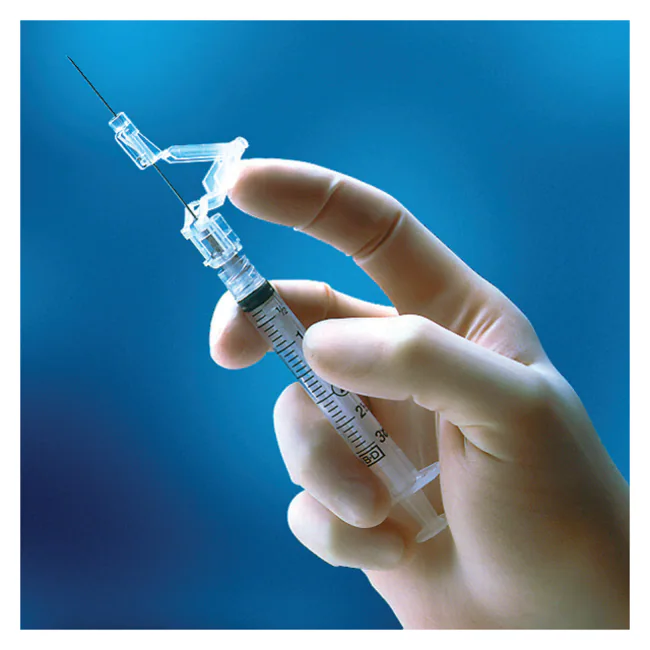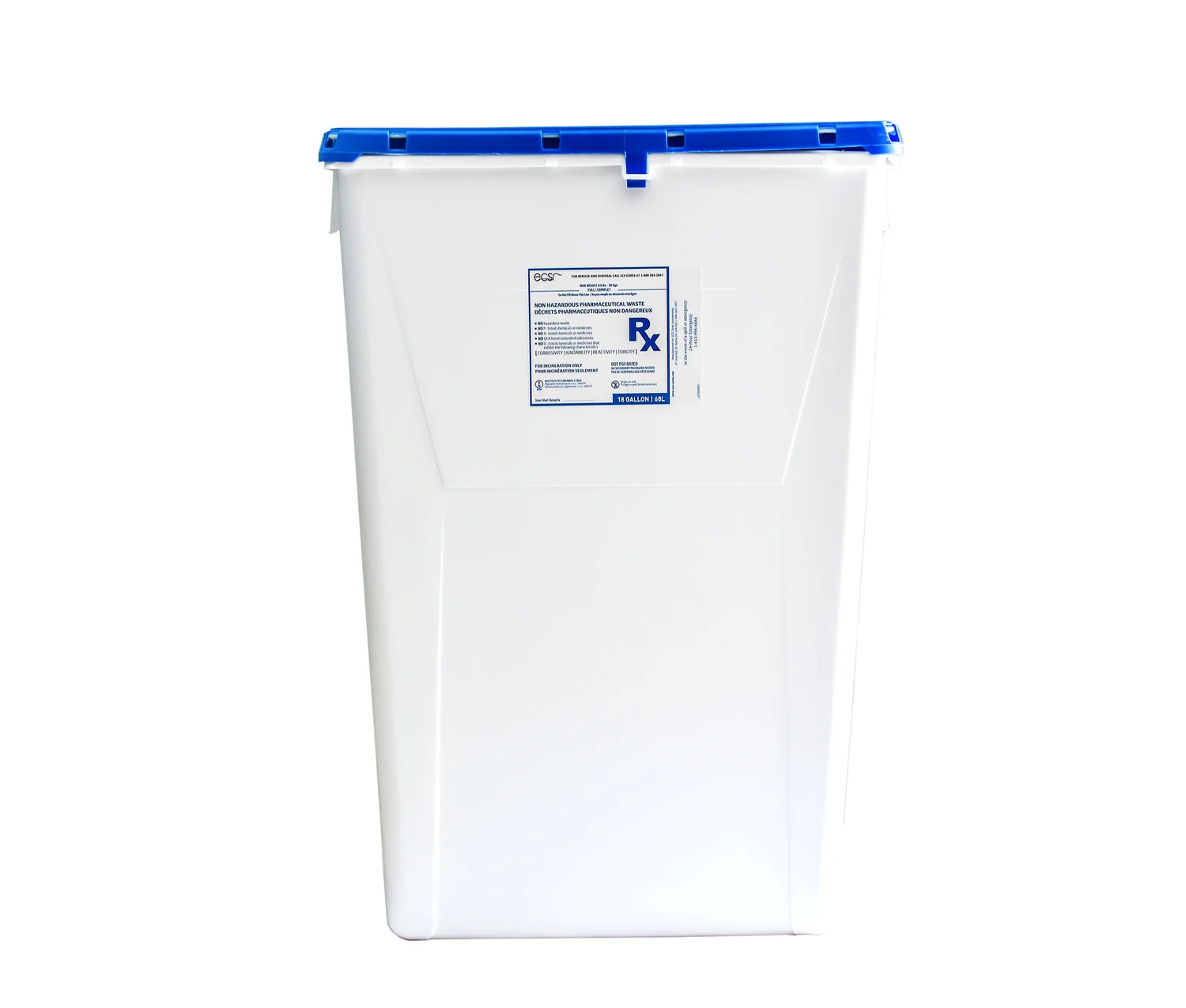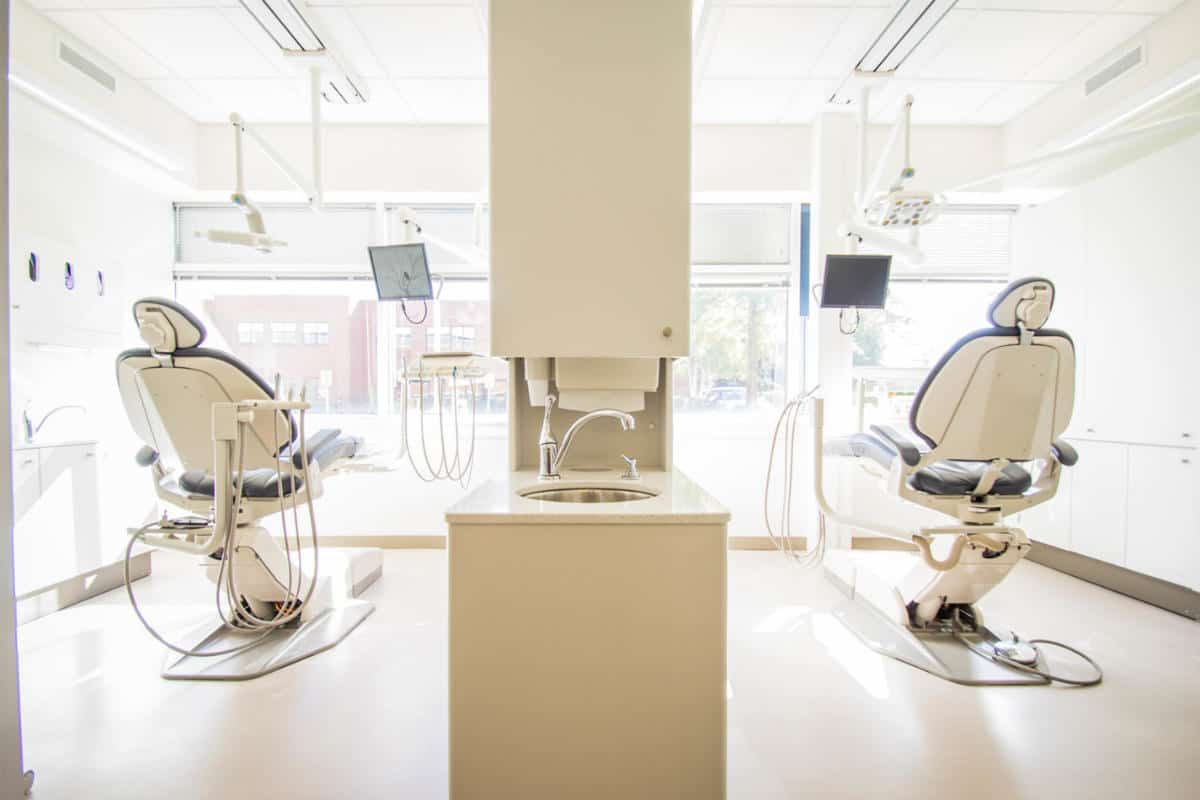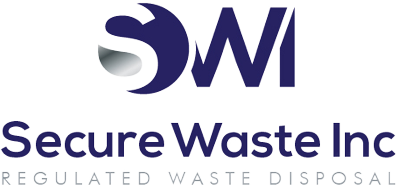What Is A Biohazard Sharp Container? Expert Answers From Secure Waste Free Step by Step Guide
A biohazard sharp container is crucial in safely managing potentially hazardous medical waste. Have you ever stopped to consider what exactly a biohazard sharps container is? Professionals in waste management often contemplate this as well. Most people are familiar with the concept of medical waste in the realm of healthcare waste disposal.
However, it’s essential to understand the significance of biohazard sharps containers, which are specifically designed to safely contain used medical instruments such as needles, syringes, and scalpels. These containers are engineered to prevent leaks and punctures, ensuring that dangerous materials are securely contained. Let’s delve deeper into the intricacies of these essential containers and their role in promoting safety and health in medical environments.
What Are Biohazard Sharps Containers?
Medical sharps compliance pertains to tools with sharp points or edges, specifically engineered to penetrate or cut through skin. These instruments present significant risks of injury and infection, making proper management essential in healthcare settings and home environments. The category of sharps includes a diverse array of medical devices such as needles, syringes, lancets, auto-injectors, scalpels, and other sharp instruments frequently employed for various medical purposes, from administering injections to drawing blood or performing minor surgical procedures.
Strict biohazard sharps disposal protocols are critical to safeguarding healthcare workers and patients in healthcare facilities. These protocols involve using specially designated, puncture-resistant sharps containers prominently marked for easy identification. These containers play a crucial role in preventing accidental needlestick injuries, which can lead to serious infections, including bloodborne pathogens such as HIV and Hepatitis B and C.
Proper disposal practices protect individuals and contribute to public health by curtailing the spread of infectious diseases. Sharps containers must be filled only to the designated fill line and disposed of safely and responsibly. Medical facilities often implement staff training programs to ensure compliance with local, state, and federal regulations regarding sharps disposal. By promoting awareness and understanding of the risks associated with medical sharps and enforcing proper disposal methods, we can significantly mitigate potential harm to individuals and the community.
Biohazard Sharp Definition:
The FDA defines medical sharps as any medical device equipped with a sharp point or edge designed to pierce or cut through the skin. This classification encompasses a variety of tools commonly used in healthcare settings and personal care. Choosing A Biohazard Sharp Container Here.
Example:
Common examples of biohazard medical sharps include:
- Needles: Often used with syringes for injections, these can vary in gauge and length depending on the application, such as vaccinations or intravenous therapy.
- Lancets: Small, sharp devices typically utilized for blood sampling, particularly in blood glucose monitoring for people with diabetes.
- Auto-injectors: Devices like EpiPens that are designed for self-administration of epinephrine during severe allergic reactions, delivering a precise dose quickly.
- Infusion sets: These are used in insulin pumps or other medication delivery systems. They include cannulas or tubing that connect to the skin to deliver medication continuously.
Biohazard Sharps Common Uses:
These sharp instruments are integral to a wide range of medical procedures, including:
- Administering Medications: Needles and syringes are used to administer injections for vaccinations, pain management, and hormone therapies.
- Drawing Blood: Venipuncture or capillary sampling is performed using sharps to diagnose conditions, monitor health status, and track diseases.
- Monitoring Blood Glucose Levels: For individuals with diabetes, lancets are essential for regular blood sugar testing to manage their condition effectively.
Sharps Home Use:
Many individuals manage chronic illnesses at home, making the safe handling of sharps crucial. Conditions frequently requiring sharps include diabetes (for insulin), severe allergies (using auto-injectors), and other health issues such as arthritis (for injectable medications).

Consider the size and shape of the sharp as it should be suitable for the specific type of waste you are dealing with Look for features like secure locking mechanisms and clear labeling that indicate the type of waste that can be disposed of Accessibility and ease of use are also crucial so choose a design that fits well in your workspace
Finally consider the disposal process and ensure that the sharp has a proper method for safe and environmentally responsible disposal when full By taking these factors into account you can effectively choose a biohazard sharp that meets your needs and helps maintain a safe working environment
Why is Proper Biohazard Sharp Disposal Important?
- Preventing Injuries: Accidental needlesticks from improperly discarded sharps can lead to painful and potentially debilitating injuries, raising health concerns in both personal and public contexts.
- Avoiding Infections: Used sharps can harbor dangerous bloodborne pathogens, including hepatitis B, hepatitis C, and HIV, which can be transmitted through even minimal punctures of the skin.
- Protecting Others: Inadequate disposal practices can jeopardize sanitation workers, waste handlers, and the general public, creating a broader safety risk that could lead to profound health implications.
- Environmental Concerns: Sharps can threaten wildlife and ecosystems when improperly discarded and potentially contaminate soil and water sources if they end up in landfills or natural environments.
By comprehensively understanding the nature of medical sharps and the imperative of their proper disposal, we can work towards creating a safer community and promoting a healthier environment for all.
How to Dispose of Biohazard Sharps Safely:
Guidelines for Sharps Disposal
- Use a Designated Sharps Container:
You can always use a specialized sharps container that is puncture-resistant and leak-proof. These containers are built from durable materials to hold used needles and other sharp objects safely and should be clearly labeled to indicate their specific purpose.
- Never Recap Needles:
Refrain from recapping needles after use, as this practice increases the risk of accidental needlesticks. Instead, handle needles carefully and place them directly into the container to ensure maximum safety.
- Dispose Immediately:
Sharps must be put into the designated container immediately after use. Prompt disposal reduces the likelihood of accidents and ensures that sharp objects are kept out of reach.
- Seal the Container When Full:
When your sharps container is three-quarters full, securely seal it to prevent exposure. Follow local regulations to dispose of these hazardous materials and ensure proper handling safely.
- Check Local Regulations:
Many communities have specific guidelines regarding the disposal of sharps. You must familiarize yourself with these regulations, including designated drop-off locations at pharmacies, hospitals, or specialized hazardous waste facilities. Adhering to these protocols helps protect both individual safety and the environment.
Selecting an Appropriate Biohazard Sharps Container:
When choosing a sharps container, prioritize critical features such as puncture resistance, leak-proof design, and clear, compliant labeling. It is advisable to select FDA-cleared containers designed to meet strict safety standards. Additionally, look for stable containers equipped with a secure closure mechanism and appropriately sized to accommodate the volume of sharps waste generated in your setting. Consider factors such as ease of use, accessibility, and how the container fits within your overall waste management system to ensure effective handling of sharps waste.
Here’s a more detailed breakdown of the essential aspects:
- Biohazard Regulatory Compliance:
- It’s essential to ensure that your sharps container meets OSHA standards. These standards require it to be puncture-resistant, leak-proof, and appropriately labeled as a biohazard. These labels should follow established color-coding systems to maximize safety and ensure everyone can quickly identify hazardous materials.
- If you’ll be using the container for pharmaceutical waste, it’s essential to confirm that it complies with FDA regulations as well, providing peace of mind that you’re adhering to guidelines for various types of waste.
- Physical Properties:
- Puncture Resistance: Your container should be made from robust materials that can withstand sharp objects, even during accidental drops or mishandling, keeping users safe.
- Leak-Proof: A securely sealed container is key to preventing any fluid leaks, thus preserving the environment and significantly reducing the risk of infections.
- Rigidity: The container must maintain its shape, especially when full. This prevents any risk of collapse, providing safety and assurance.
- Stability: A well-designed container will showcase excellent stability to avoid tipping over and accidental spills.
- Secure Closure: The lid should fit tightly and feature a locking mechanism to prevent accidental openings and deter tampering.
- Practical Considerations:
- Ease of Use: Your container should promote hassle-free and secure disposal of sharps, featuring a wide opening and a smooth path for easy insertion.
- Accessibility: Positioning the container conveniently ensures it’s available whenever needed.
- Size and Capacity: Choosing the right size is crucial; ensure it matches your facility’s needs based on the volume of sharps waste generated.
- Labeling: Clear labeling with recognizable biohazard symbols guarantees safe handling and disposal, helping everyone practice safety.
- Fill Line: Always adhere to the fill line indicated on the container to prevent overfilling, which can lead to leaks and contamination.
- Disposal Method: Consider your disposal method, such as incineration or autoclaving, and pick a container that perfectly fits these protocols.
- Ergonomics: Look for features like durable carry handles to ensure user comfort and safety when transporting full containers.
Considering these factors, you’ll be well-equipped to choose a sharps container that protects user safety and champions environmental health!

Expert Medical Waste Management: With over 25 years of industry experience, Secure Waste is a trusted local leader in hazardous and biohazardous waste disposal across Maryland, Virginia, and Washington, D.C. Specializing in medical waste management, sharps needle disposal, and biohazard waste removal, the company ensures full compliance with federal, state, and local regulations while prioritizing environmental sustainability.
The company also offers additional services, including secure document shredding and sharps container sales, providing comprehensive solutions for healthcare facilities and businesses. Our cost-effective services help clients maintain regulatory compliance without unexpected costs.
With a commitment to customer satisfaction, Secure Waste offers tailored waste management plans that align with industry best practices. Their team of experts provides reliable, timely, and compliant services, making them the preferred choice for medical waste disposal. For a free waste quote or more information, visit www.securewaste.net






